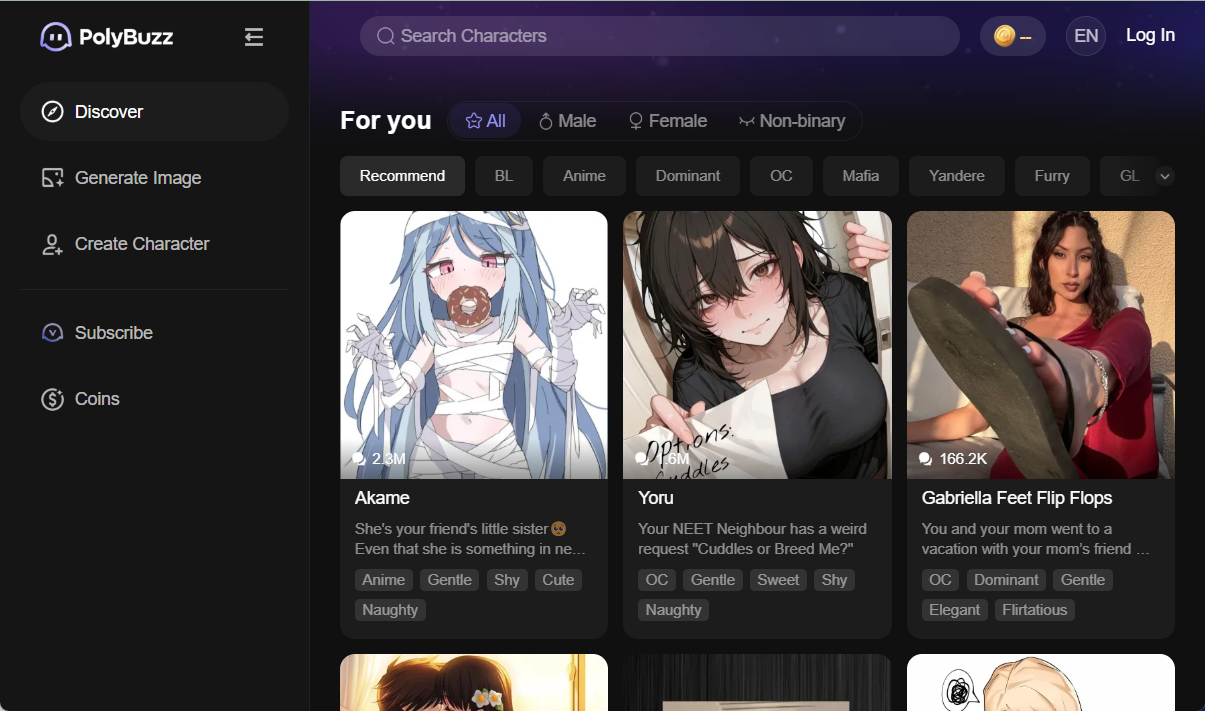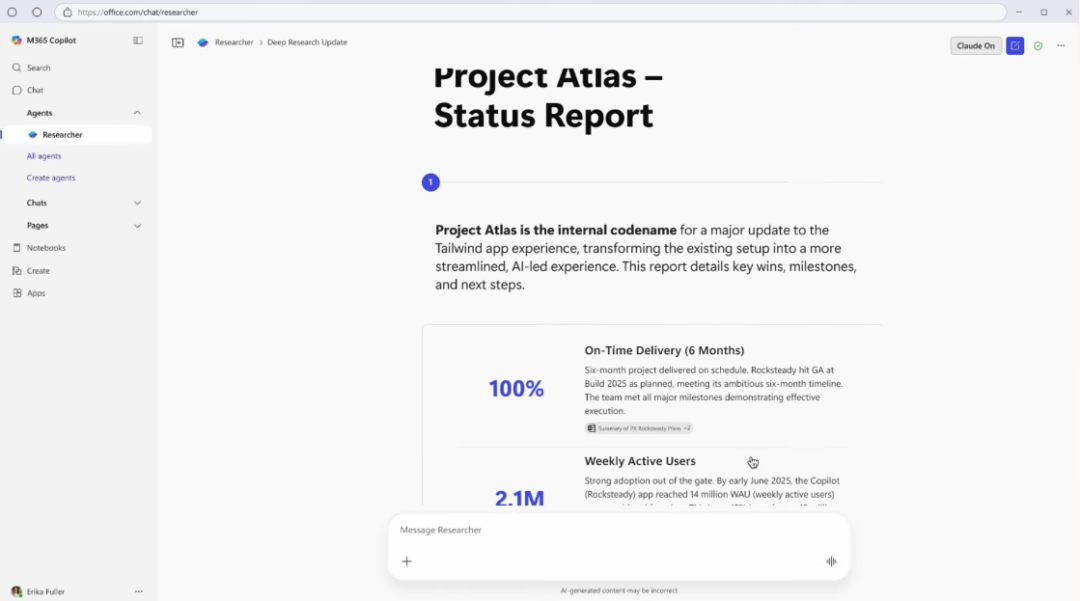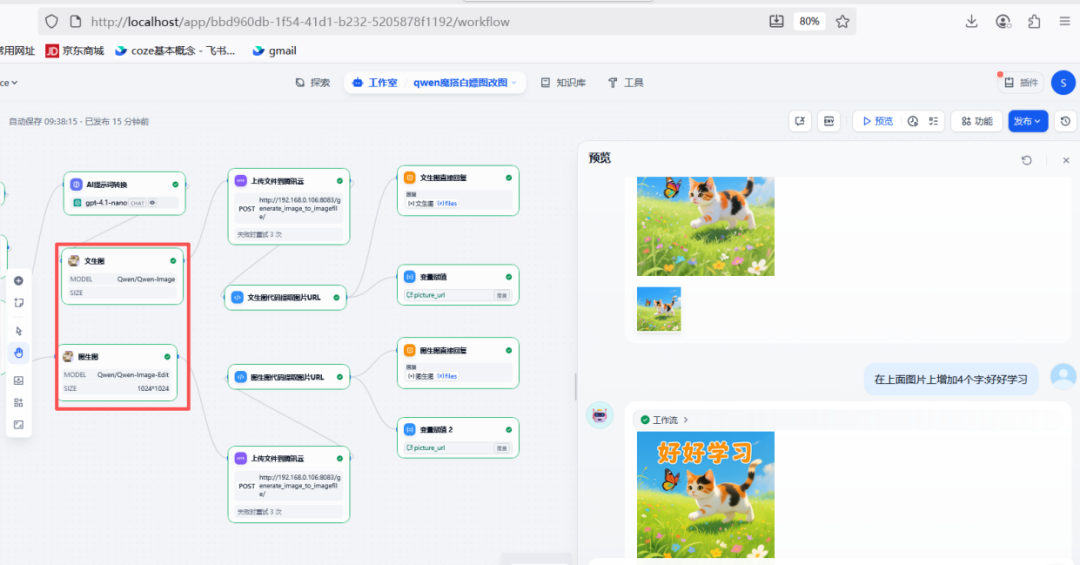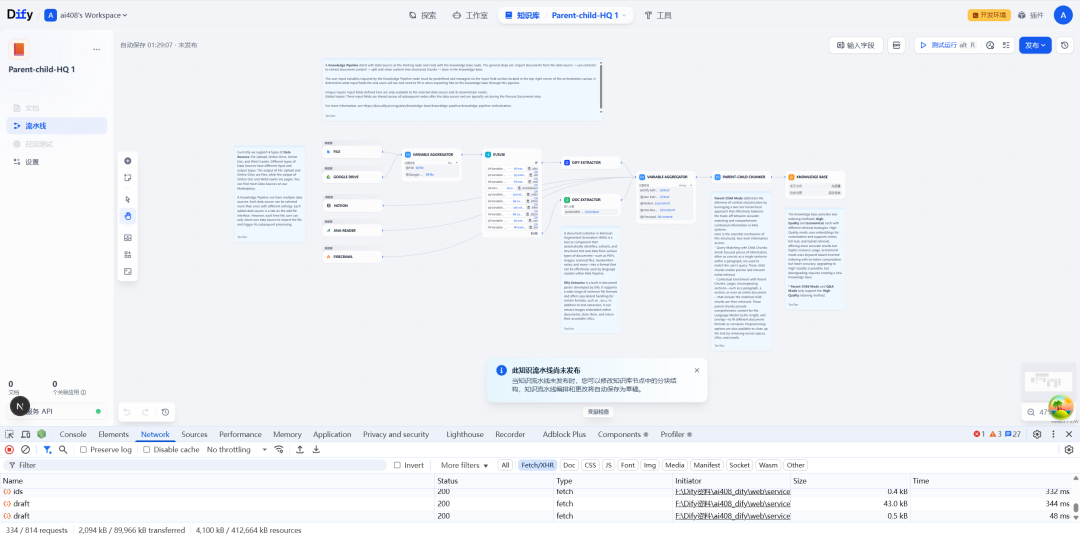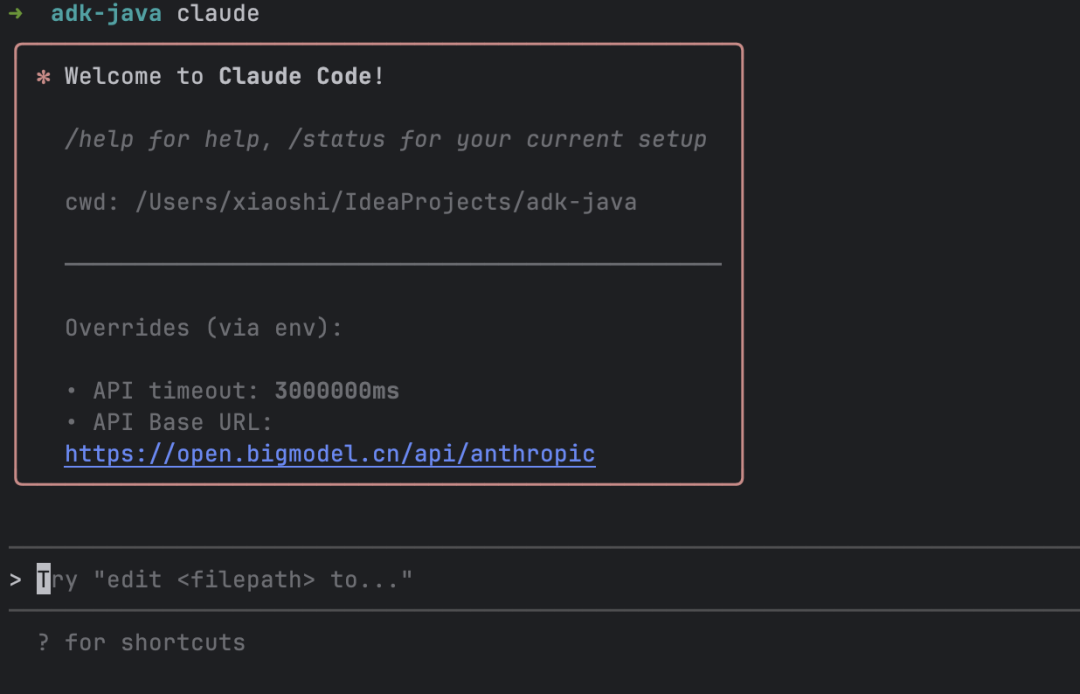The nanocoder breakthrough realizes the dynamic switching capability between local lightweight models and large models in the cloud, and this hybrid architecture solves the long-standing privacy and performance contradiction in the field of AI programming. In terms of technical implementation, the tool integrates three model service modes through a unified API abstraction layer: the completely offline Ollama scheme guarantees code confidentiality and is suitable for dealing with sensitive business logic; the top models such as GPT-4 accessed by OpenRouter provide the strongest code generation capability and are suitable for complex scenarios such as architectural design; and the OpenAI-compatible interfaces support privatized deployment of large models. models, balancing performance and control requirements.
Performance test data shows that on a development machine equipped with an RTX 4090 graphics card, the response time of a qwen2 model running locally with 7B parameters is 1.2 seconds/request, while the cloud Claude 3 model requires a 3-second network latency but generates code that scores 37% higher in terms of quality. nanocoder's innovative model hot-switching feature allows developers to use local models when writing algorithmic cores, and switch to cloud models with a single click when low-sensitivity tasks such as document generation are required. nanocoder's innovative model hot-swapping feature allows developers to use local models when writing the core of the algorithm and switch to cloud models with a single click for less sensitive tasks such as document generation, a smart performance optimization strategy that is being adopted by more and more professional developers.
This answer comes from the articleNanocoder: code generation tool that runs in the local terminalThe







